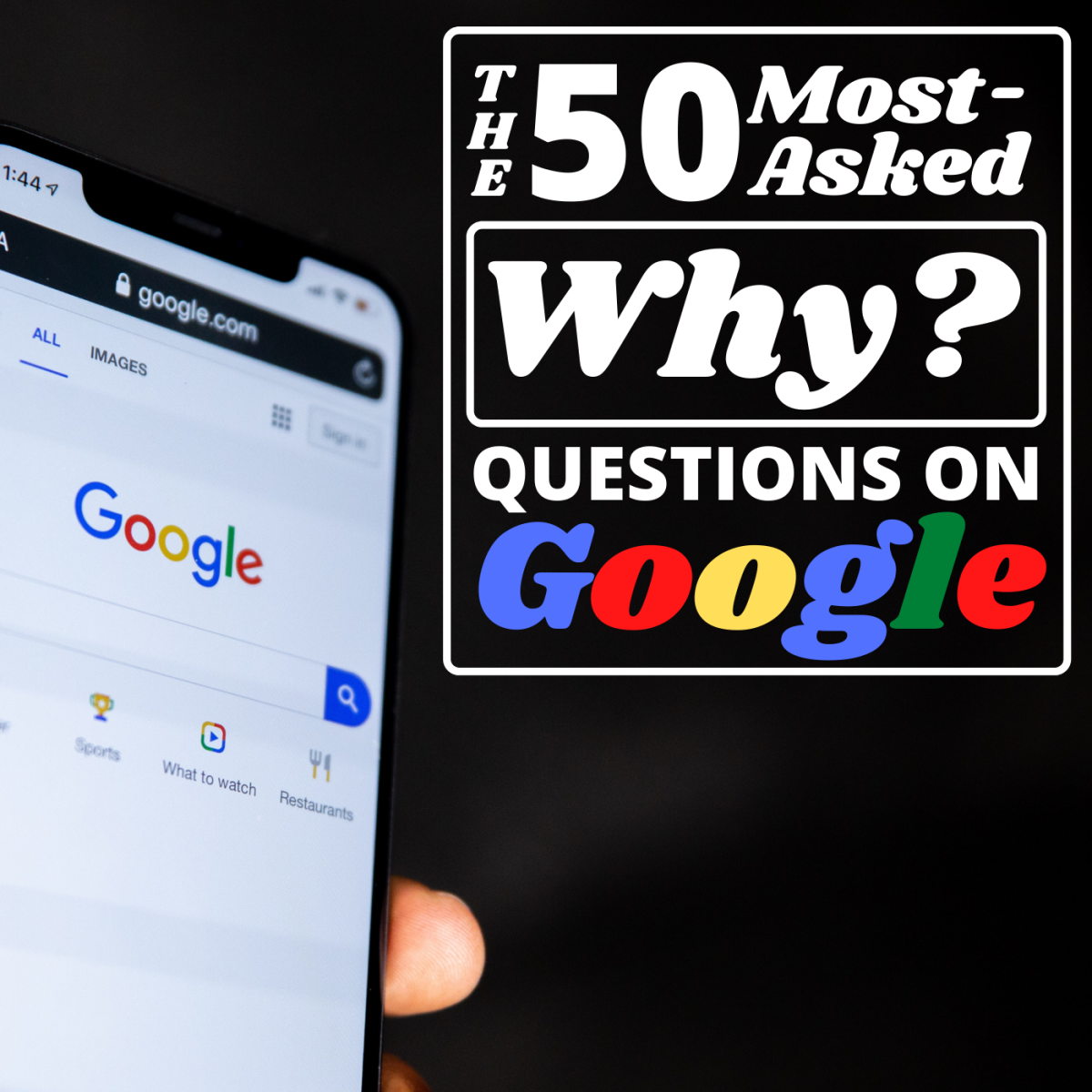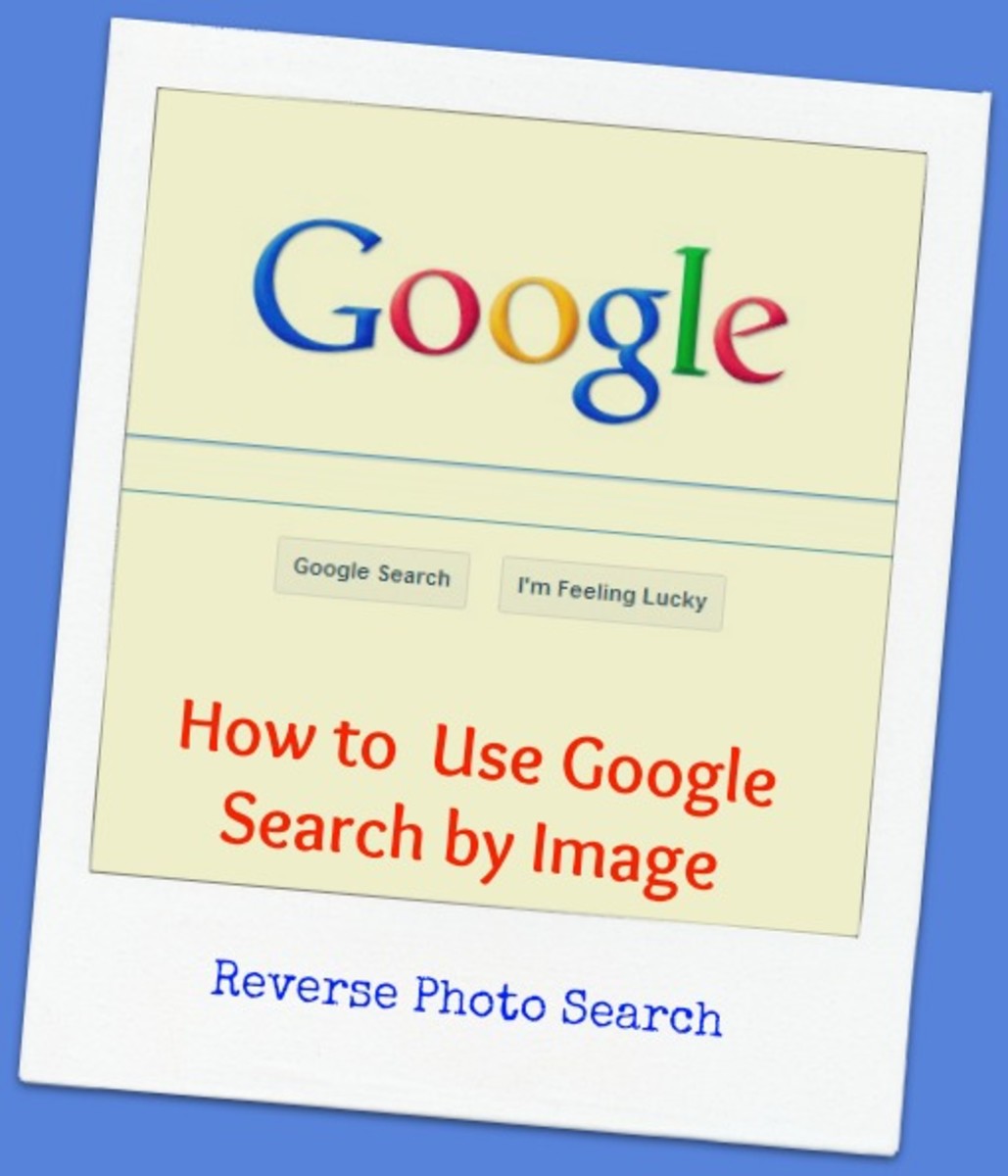Internet, WWW, and Search Engine
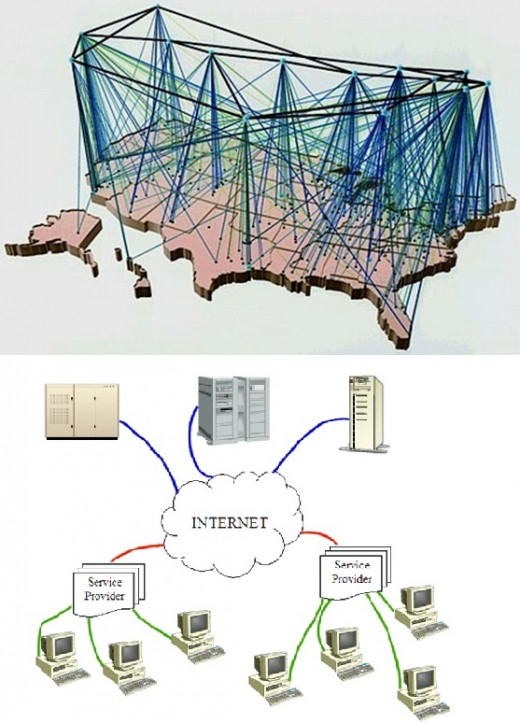
Internet
The Internet had its origin in 1969 when the U.S. Department of Defense set out to share data among different computers located in various areas. By connecting computers with one another using electrical wires, a communication protocol, and a network management software, data could be moved around from one computer to another in the blink of an eye reliably. The benefit was immediate and its significance was far reaching as the fledging Internet allowed people separated by vast distance to share their research data instantly. Today, with the proliferation of the PCs, the Internet has grown and is still growing leaps and bounds with the participation of the general public. The Internet that started in the United States, now, stretches around every corner of the world employing the latest technology in Fiber Optics, microwaves, and satellites. People around the world use the Internet to communicate with one another, manage their finances, and get valuable information to improve their work performance. The Internet has become such an important and integral part of people’s life that people will feel lost and the world economics will come to a screeching halt if somehow the Internet stops working.
The Internet is built to be robust, fault-tolerant, and distributed computer networks. Its function does not depend on a single computer or wiring. The data traffic is managed and routed dynamically. If a particular route is damaged or offline, the data can be re-directed to a different pathway to reach the intended destination. It is now commonly believed that if the Internet is brought down by some unimaginable catastrophic events (natural or man-made), human civilization would probably also have suffered destructions in such magnitude that there will be more basic matters to worry about.
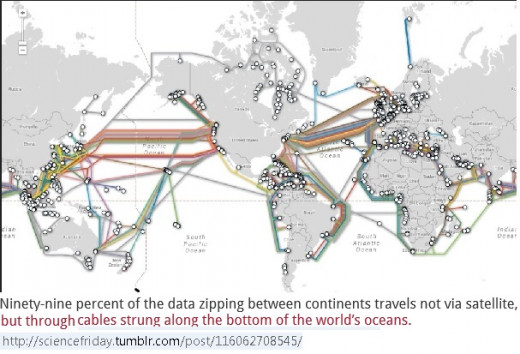
WWW
The World Wide Web (WWW) was invented in 1989 by British engineer and computer scientist Sir Tim Berners-Lee. It basically revolutionizes how information is accessed and processed. The WWW is a unique application feature that makes the Internet more essential and popular despite itself. It is just like the VisiCalc spreadsheet application program that endeared the PCs to the general public as a business tool in 1979. The WWW has the following intuitive functions that appeal to everyone:
1) It displays information in a page format with attractive typeface and graphic.
2) Hyperlink can be embedded in the text’s keywords or images that can lead to other pages with additional information about the specific or related subject.
3) The webpage can be constructed using an easy-to-learn Hyper Text Markup Language (HTML).
http://www.w3schools.com/htmL/
4) The webpage is easily accessed and displayed by a web browser like the free Internet Explorer (IE by Microsoft). By clicking on the IE Command Bar-Page-View Source, the html version of the web page can be displayed.
With the tutorial and practice, you can design your own webpage. However, in order to be accessed and displayed by a web browser, you need a web host whose server is online 24/7. Most of the web host are free but will insert Ads in your webpage just like the hubpages.com. Without Ads, normally, you will be charged around $6 a month. The web host will then help you to apply for a domain name (around $19.95 annually) using the Domain Name System (DNS). With your own domain name, you will be the proud owner of your own website (www.your_domain_name.com) that can be accessed and displayed by anyone with a web browser on a PC.
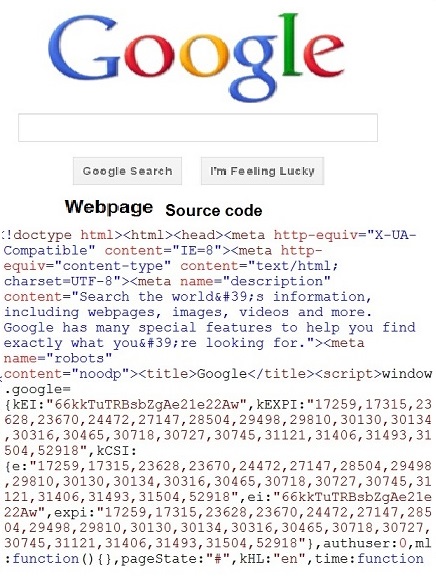
Search Engine
The webpage is the perfect place to showcase new products, original ideas, helpful services, etc. Today, there are probably billions of webpage on the Internet from around the world. The two most effective ways to get people to access and look at one’s webpage are through ads and search engines. Just like placing ads on TV, newspapers, billboards, etc., people can spend money to place ads of their webpage on popular WebPages visited regularly by the others. The ads will be in hyperlink which when it is clicked, will automatically direct the web browser to the ads’ website and display the webpage.
Using the search engine to direct people to your webpage is free but requires a little effort on your part. There are three popular search engines (Bing, Google, and Yahoo) that the general public uses to look for information. Search engine employs huge computer resources to search billions of WebPages on the Internet to get the information that people query. Basically, the search is conducted in the following sequences:
1) A simple software routine called spiderbot is sent out to the Internet to crawl the webpage sites stored in the search engine’s Doman Name Database (DNdb). To expedite the crawling, several spiderbots may be used at the same time.
2) The spiderbot then extracts the keywords in the webpage’s HTML source code. It updates the DNdb with the keywords associated with the webpage.
3) The spiderbot then goes to the next webpage site in the DNdb. The process may take several days to complete all the webpage sites in the DNdb.
4) Steps 1) to 3) are repeated on a regular basis to make sure that all the WebPages in the DNdb contain their latest keywords.
So, in order to have your webpage to be searched, you need to register it with the search engine to be included in its DNdb. Click on the hyperlink below to find out how.
http://www.bing.com/toolbox/webmaster/
http://www.google.com/webmasters/checklist/
http://search.yahoo.com/info/submit.html
As you type your query in the search engine’s webpage, it extracts the keywords in the query and starts a search in its DMdb. If more than one match is found, all associated webpage information will be displayed in the orders according to the webpage’s content and relevance.






